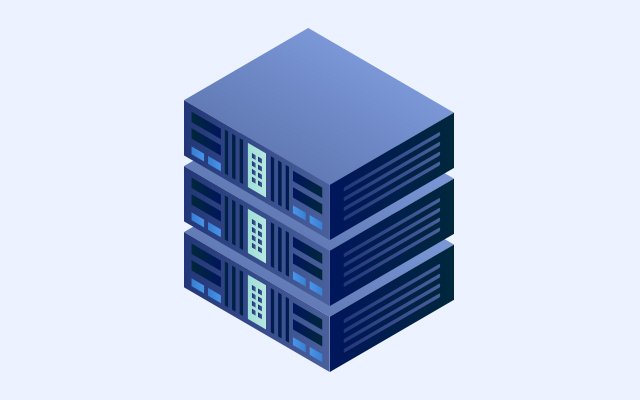This article provides best practices for configuring alert rules in ApsaraDB for MongoDB to send notifications to DingTalk, Slack, and Telegram.

This article discusses migration solutions in various typical scenarios of Alibaba Cloud Managed Service for Prometheus.

By Xingji and Yusheng Guo Abstract Test the Prometheus service discovery feature under ECS scaling scenarios.

This article introduces how to build an accurate, fast, and reliable monitoring system in supercomputing's fast auto-scaling scenario.

The article introduces best practices for deploying and configuring AI model inference in Knative, focusing on the optimization of GPU resource utilization and rapid scaling.

The sixth episode of Alibaba Cloud Observability Series introduces how to use Prometheus for cloud service, container, and multi-cloud resource metrics monitoring.

This article introduces Prometheus and addresses the common challenge of achieving a global view with data scattered across different Prometheus instances.

This article introduces the Alibaba Cloud Observability Suite (ACOS) and demonstrates how to configure a Full-stack Observability application.

This article describes how to use Prometheus to Monitor SQL Server.

This article introduces how to use Prometheus to Monitor Memcached.

This article focuses on the construction of system observability, specifically the metric monitoring system.

This article introduces recent technical updates to the Prometheus storage engine of SLS, which achieves a performance improvement of over 10 times with PromQL compatibility.

This article explains how to monitor big data in EMR using Prometheus Service.

This article introduces how to use Prometheus & Grafana for visualization of metrics and how to use Grafana & Loki to view visualized network events.

Part 5 of this series introduces Cassandra and its common key metrics and alert rules, and describes how to use Prometheus to establish a monitoring system.

Alibaba Cloud Managed Service for Prometheus (MSP) is a game-changer in this domain, offering a comprehensive solution for managing Prometheus at scale.

Part 4 of this series describes how to use Prometheus to achieve the observability of performance test metrics.

Part 3 of this series discusses building a metric observation and alert system based on Prometheus.

Part 2 of this series discusses Simple Network Management Protocol (SNMP) and the benefits of Alibaba Cloud Prometheus integration with Alibaba Cloud Container Service.

Part 1 of this series introduces the best practices for monitoring NGINX Ingress Gateways with Prometheus and implementation processes.
